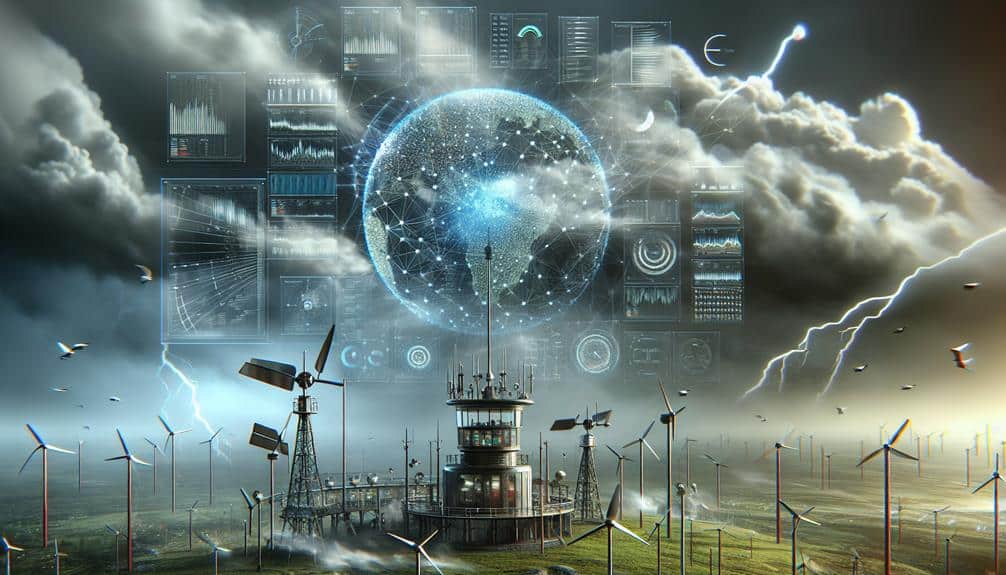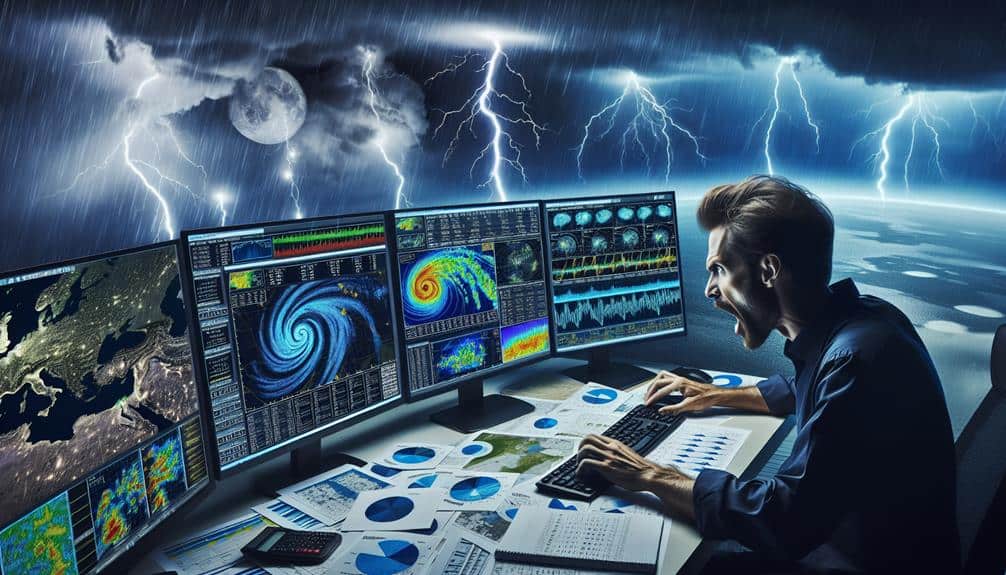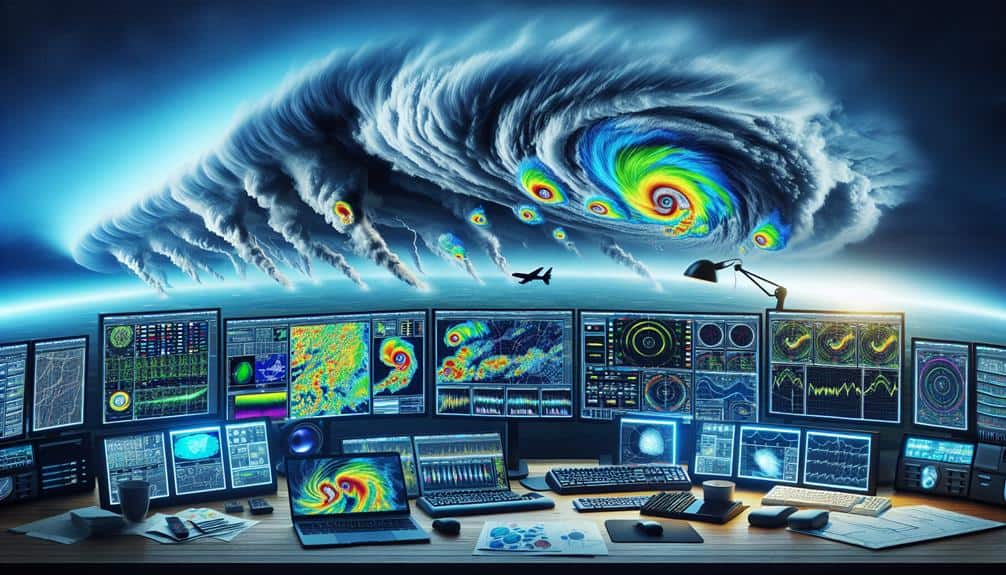Optimizing Meteorological Data Sources for Storm Chasers
Optimizing meteorological data sources for storm chasers involves integrating satellite imagery, Doppler radar, and weather station networks to track storms with precision. We utilize satellite data to observe cloud formations and atmospheric moisture, while Doppler radar provides real-time insights on storm intensity and wind patterns. Weather station networks offer localized, accurate data, guaranteeing prompt decisions. […]
Optimizing Meteorological Data Sources for Storm Chasers Read More »







